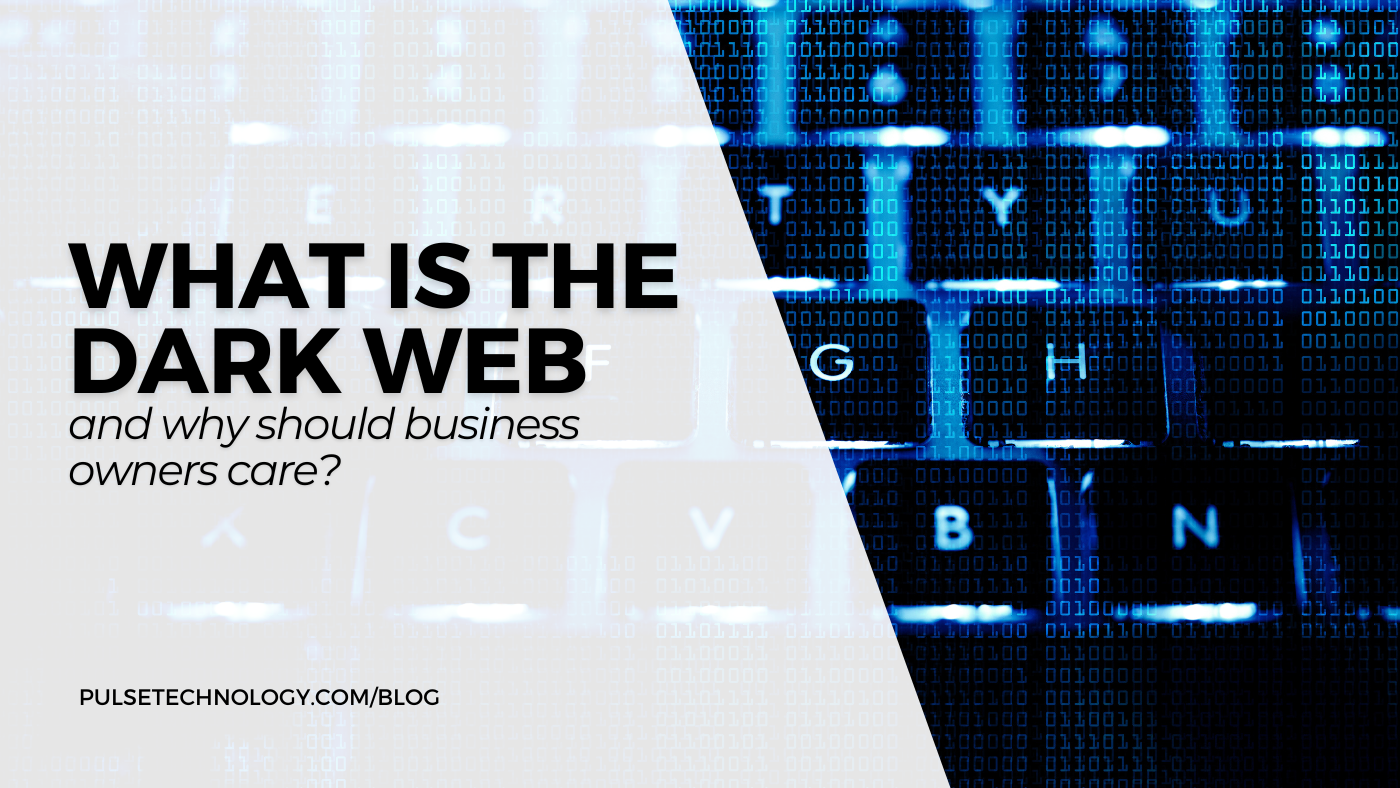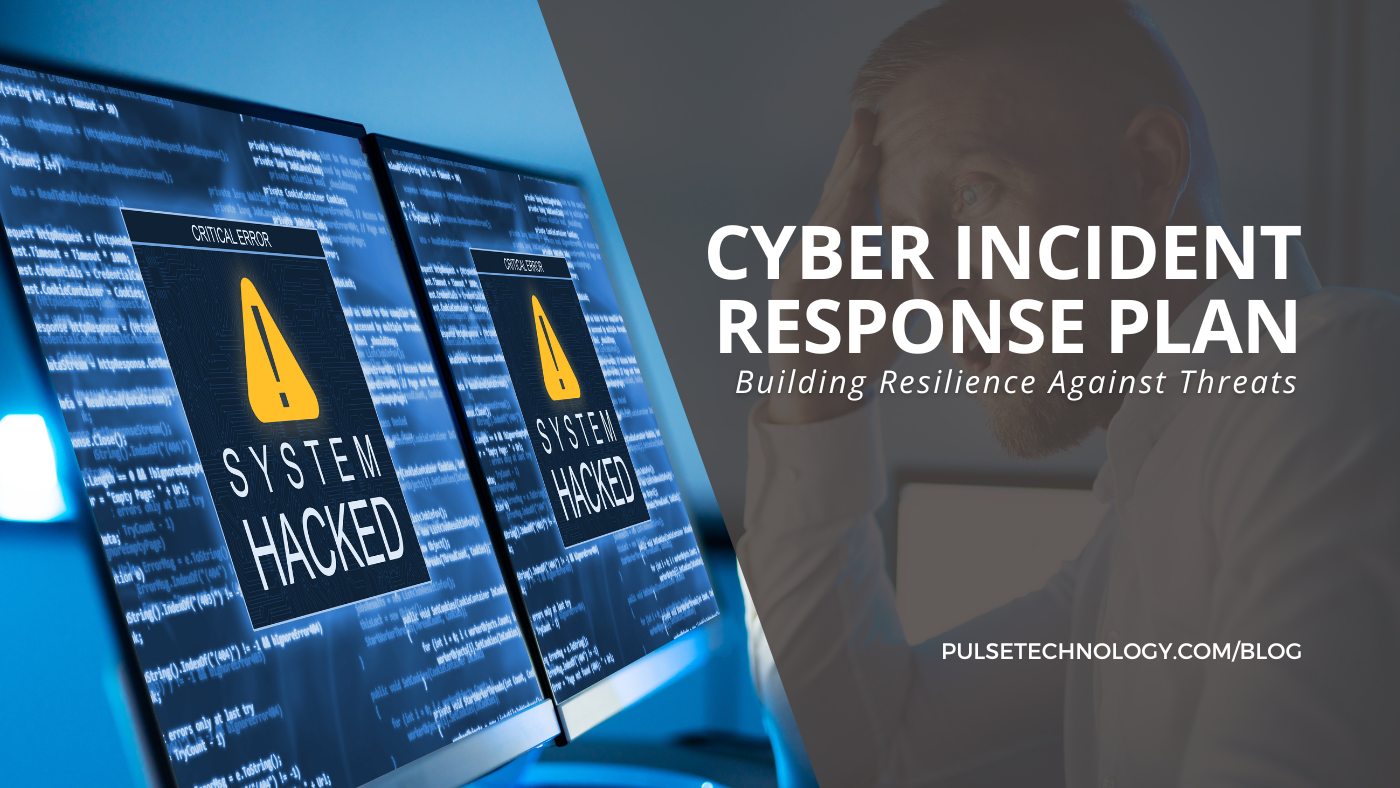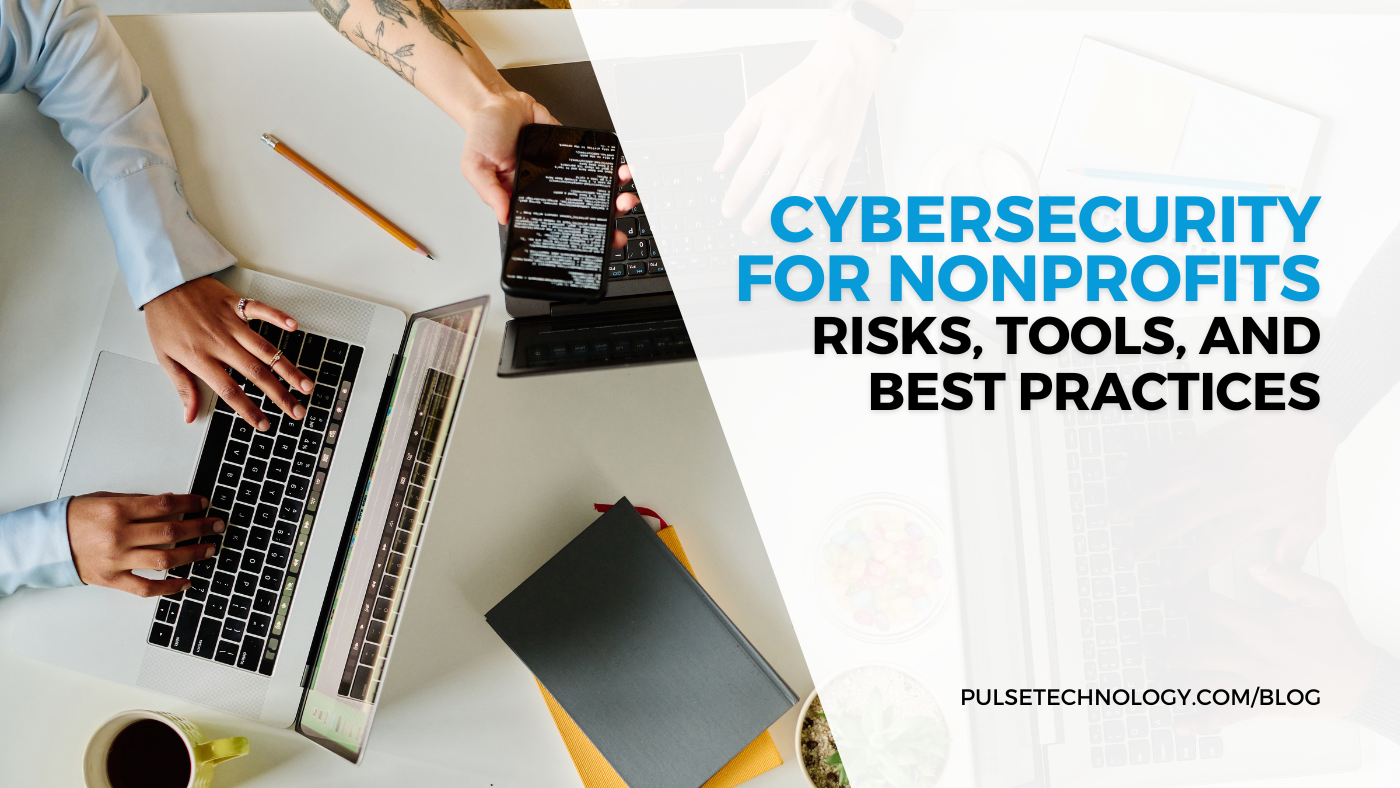12 Ways to Protect Your Business from Dark Web Data Breaches
Data breaches have surged into a critical global threat, with the dark web emerging as a bustling marketplace for buying and selling stolen data. Most recent reports show that last August 2024, nearly three billion data records from the National Public Data were leaked in the dark web forum, making it one of the largest breaches in history.
Businesses of all sizes have become vulnerable to dark web data breaches, primarily due toe the growing use of digital tools, remote work, and cloud storage. In this blog, we'll explore everything you need to know about data breaches on the dark web and give you 12 effective ways to safeguard your business from these potential threats.
Understanding Dark Web Data Breaches
A dark web data breach occurs when sensitive information, such as credit card numbers, social security numbers, passports, health records, or financial statements, is stolen during a cyberattack and then sold or traded on the dark web. So, how does this happen? The dark web is a wide number of encrypted networks that are inaccessible unless you have special tools and protocols. It can’t also be accessed on a standard web browser like Safari or Google Chrome.
What makes a data breach on the dark web especially concerning is that they are untraceable and can go unnoticed for long periods of time. This means your business information could be circulating among cybercriminals long before you even realize there’s been a breach. People can also be hired through third parties to conduct attacks, adding yet another layer of anonymity.
For businesses, the consequences can be severe, such as legal liabilities, reputational damage, loss of customer trust, and significant financial repercussions.
What is the Data Breach Cycle?
The data breach cycle is the process that outlines how a cyberattack typically unfolds. To protect your business from potential data leaks, you need to be aware of how they occur. Here’s a breakdown of the cycle:
- Information Gathering: Before launching an attack, cybercriminals perform research to identify potential targets and weak points. This may involve scanning your company's network for vulnerabilities, gathering employee information through social engineering, or probing for outdated software and unpatched systems.
- Attack/Exploitation: Hackers launch their attack once a vulnerability is found. This can be phishing emails, malware installation, or directly exploiting system weaknesses.
- Data Exfiltration: After gaining access, the attackers move on to stealing data. Data is typically transferred out of the company's systems without triggering alarms.
- Dark Web Sale/Monetization: Once the stolen data is collected, it is usually packaged and put up for sale on the dark web. Cybercriminals auction off this information to the highest bidder, who can then use it for identity theft, fraud, or even corporate espionage. For instance, the three billion data records leak from the National Public Data is being sold for $3.5 million, according to a lawsuit filed in Florida.
- Exploitation by Buyers: After the data is sold, buyers put it to use. This can mean draining bank accounts, using personal data for fraudulent transactions, or even impersonating individuals to access further resources.
8 Causes of Dark Web Data Breaches
Understanding the root causes of data breaches on the dark web is essential for developing effective strategies to protect your business data. Here are eight causes of dark web data breaches:
- Phishing Attacks: Cybercriminals often use deceptive emails or messages to trick employees into revealing sensitive information.
- Weak Passwords: Many breaches occur because businesses use easily guessable passwords or fail to implement robust password policies.
- Unpatched Software: When businesses fail to update their systems or ignore security patches, they open themselves to exploitation. Cybercriminals actively search for outdated and vulnerable software to infiltrate networks.
- Unsecure Networks: Utilizing unsecured Wi-Fi networks or failing to implement proper network security measures can expose your business to cyberattacks. Hackers can easily intercept data transmitted over these unsecured connections.
- Social Engineering: Beyond phishing, social engineering involves manipulating individuals within the organization into divulging confidential information. This could be through impersonating a trusted source or using psychological tricks to access sensitive data.
- Malware and Ransomware: Malicious software can infiltrate business systems through various means, such as infected email attachments or compromised downloads. Once inside, malware can steal data or encrypt files, demanding a ransom for their release.
- Insider Threats: Sometimes, the threat comes from within the organization. Employees or contractors with access to sensitive data may intentionally or unintentionally cause data breaches by sharing information with unauthorized parties.
- Third-Party Vulnerabilities: Businesses often rely on third-party vendors for services, which can introduce risks. If a vendor has weak security measures, it can lead to breaches that affect your business as well.
5 Signs to Know if Your Business Has Fallen for a Dark Web Data Breach
Detecting whether your business has fallen victim to a data breach on the dark web can be challenging, but there are specific signs to help you identify potential compromises. Here are five signs of a cybersecurity threat:
- Unusual Account Activity: If you notice any discrepancies, such as failed login attempts, changes to account settings, unusual transactions, or sudden spikes in website traffic.
- Employee Reports of Phishing Attempts: If employees report receiving suspicious emails or messages that ask for sensitive information.
- Unfamiliar IP Addresses or Login Locations: If there are unusual IP addresses or login attempts from geographic locations where your business does not operate.
- Notifications from Third-Party Services: if your third-party services notify you that your business's information is involved in a data breach.
- Ransom Demands or Extortion Attempts: If you receive ransom notes or extortion demands threatening to expose sensitive data.
12 Best Practices to Protect Your Business from Dark Web Data Breaches
Protecting your business from dark web data breaches requires a proactive approach. Here are 12 best practices to help you safeguard your sensitive information:
1. Effectively Contain the Breach
Disconnect compromised systems from the network to prevent further access. For example, if a server is identified as breached, taking it offline can stop attackers from spreading to other systems. Conduct a comprehensive review of the systems involved to determine what data was accessed or stolen. For instance, if customer payment information was compromised, identify which accounts were affected and how many records were exposed.
Next, analyze how the breach occurred. This might involve reviewing logs, monitoring network traffic, or conducting forensic analysis. Ensure that you keep a detailed record of the investigation process for legal and compliance purposes.
2. Always Notify the Affected Parties
Communicate transparently with customers, employees, and stakeholders who may be affected by the breach. Also, consider providing support to affected individuals by keeping them informed about what data was compromised, what actions the company is taking, and any protective measures being put in place.
3. Implement Comprehensive Security Policies
Develop and enforce clear security policies that cover data protection, data management, and incident response protocols. For example, you might have a policy stating that all sensitive information must be encrypted when stored or transmitted. Also, regular reviews of these policies should be conducted to ensure they remain relevant as technology and threats evolve.
4. Utilize Dark Web Monitoring Services
Partnering with an Information Technology firm that conducts regular dark web scans and monitoring can provide you with greater peace of mind. Dark web scans and monitoring services can alert you through the use of real-time threat intelligence and immediately notify you of suspicious activity, including:
- References to your company or employees in treacherous sites and forums
- Stolen corporate documents, financial data, or intellectual property
- Disclosure of personal details for high- level executives and directors
- Exposed company credentials stolen from data breaches of other online systems
5. Regularly Check Credit Reports
Regularly checking your credit reports is another basic and proactive measure to guard against breaches. For example, if your business receives a credit inquiry that you didn’t initiate, it may be a sign that someone is attempting to open accounts in your name.
6. Schedule Regular Backups
Schedule regular data backups to the cloud or to an external hard drive to ensure that all of your critical data is stored safely and can be recovered quickly in the event of an attack. You could implement a policy to back up data daily to cloud storage, ensuring you can recover recent information quickly in the event of a ransomware attack. Additionally, consider maintaining multiple backup versions to restore to a point before any malicious activity occurs.
7. Change Passwords Frequently
Change passwords frequently to prevent compromising your network’s’ security. You can also utilize password management tools that generate and store complex passwords securely, reducing the likelihood of employees using easily guessed passwords.
8. Use Firewalls and Enable Multi-Factor Authentication
Make sure your network is protected by robust firewalls that filter out unwanted traffic and block potential threats. You might want to consider a managed firewall service that can act as an extension of your IT service. These services often include advanced features like intrusion detection, such as multiple login attempts from different geographic locations in a short time span.
Additionally, two-factor authentication for all sensitive accounts and applications should be implemented. This additional layer of security can significantly reduce the risk of unauthorized access, even if an attacker obtains a user’s password.
9. Conduct Regular Cybersecurity Training
This cybersecurity training should cover topics such as recognizing phishing attempts, secure password practices, and safe browsing habits. You can have the most secure firewalls and extensive network monitoring in place, but it won’t do much good if your employees aren’t educated and trained. For instance, a training scenario might involve an employee receiving an email that appears to be from a well-known vendor asking them to reset their password. Employees should learn to verify such requests directly with the vendor before taking action.
10. Regularly Update Software and Systems
Ensure all your software, operating systems, and applications are updated with the latest security patches. Regular updates help protect against vulnerabilities that cybercriminals may exploit. You can also conduct penetration testing to help find and exploit vulnerabilities in your system.
11. Utilize Anonymization Technologies
Consider using tools like The Onion Router (Tor), which helps to anonymize your online activities. Originally developed for the U.S. Navy, this open-source software protects users’ privacy against common forms of surveillance, allowing for confidential business communications. For example, journalists often use Tor to communicate securely with sources. While not all information on the dark web is illegal or nefarious, the potential for misuse exists, and using such technologies can help protect sensitive communications.
12. Stay Aware and Alert
And perhaps most importantly, don’t have your head in the sand! Too many businesses fall victim to often devastating data breaches simply because they thought they’d never be targeted. If your business uses the Internet and has customer, client, or patient information or personal information about you and your employees, you are a target. Data collected by any business – no matter the size or industry has the potential to attract those with criminal intentions.
Protect Your Business From Dark Web Breaches with Pulse Technology!
Unfortunately, many businesses still underestimate the potential harm of dark web data breaches, often believing that a basic security setup is sufficient. To effectively safeguard your business against the ever-evolving threats lurking beneath the surface of the dark internet, Pulse Technology offers innovative solutions designed to protect your business from dark web data breaches.
We offer dark web monitoring, free security scans, cybersecurity solutions, penetration testing services, and more. Contact us today, and let us help you monitor and protect your sensitive information effectively!



